екологія
на ТРАНСПОРТі
UDC 502.3:504.5
L. V. AMELINA1,
M. M. BILIAIEV2,
P. B. MASHYKHINA3
1Dep. «Hydraulics and
Water Supply», Dnipropetrovsk National University of Railway
Transport
named after Academician V.
Lazaryan, Lazaryan St., 2, Dnipro, Ukraine, 49010, tel. +38 (056)
273 15 09,
e-mail
water.supply.treatment@gmail.com,
ORCID 0000-0002-8525-7096
2Dep.
«Hydraulics and Water Supply», Dnipropetrovsk National University
of Railway Transport
named after Academician V.
Lazaryan, Lazaryan St., 2, Dnipro, Ukraine, 49010, tel. +38 (056)
273 15 09,
e-mail
water.supply.treatment@gmail.com,
ORCID 0000-0002-1531-7882
3Dep.
«Hydraulics and Water Supply», Dnipropetrovsk National University
of Railway Transport
named after Academician V.
Lazaryan, Lazaryan St., 2, Dnipro, Ukraine, 49010, tel. +38 (056)
273 15 09,
e-mail
water.supply.treatment@gmail.com,
ORCID 0000-0003-3057-9204
REDUCING AMMONIA CONCENTRATIONS IN
ATMOSPHERE
AFTER ITS UNPLANNED RELEASE
Purpose.
The aim of this work is development of numerical model, which allows
to calculate the efficiency of neutralizer supply for reduction of
air pollution in case of unplanned ammonia emission at the territory
of ammonia pump station. The numerical model should allow fast
calculating, taking into account the meteorological parameters and
buildings situated near the source of toxic chemical emission and
equipment for neutralizer supply. Methodology. The
developed model is based on the equation for potential flow and
equation of pollutant dispersion. To simulate the chemical
interaction between ammonia and neutralizer the stoichiometry
equation is used. Equation of potential flow is used to compute flow
pattern among buildings. To solve the equation for potential flow the
Samarskii implicit difference scheme is used. The implicit
change-triangle difference scheme is used to solve equation of mass
transfer. While for the numerical integration the authors use the
rectangular difference grid. Method of porosity
technique («markers
method») is applied to
create the form of comprehensive computational region. Emission of
ammonia is modeled using Delta function for point source.
Findings. Developed numerical model belongs to the class of
«diagnostic models». This model takes into account the main
physical factors affecting the process of dispersion of ammonia and
neutralizer in the atmosphere, as well as the influence of buildings
on admixture dispersion. On the basis of the developed numerical
models the authors carried out a computational experiment to estimate
the efficiency of neutralizer supply for reduction of air pollution
in case of unplanned ammonia release at ammonia pump station.
Originality. Developed numerical model allows
calculating the flow pattern among buildings and estimating the
efficiency of neutralizer supply for reduction of air pollution
in the case unplanned ammonia release. Practical value.
Model allows performing
fast calculations of the atmosphere
pollution in the case of unplanned ammonia release
Keywords:
air pollution; unplanned release; neutralizer supply;
numerical modeling
Introduction
Unplanned
ammonia release as a result of accident or terror act can cause harm
for persons and intensive environment pollution [4, 6, 10, 12]. From
the point view of industrial safety, in case of possible unplanned
ammonia release we must solve two important problems. The first
problem is prediction of possible contamination zones (their
dimensions, intensity and development in time). To solve the
problem of air contamination in case of unplanned toxic chemicals
release Gaussian plume model or some analytical models are widely
used [2, 3, 10–13, 15]. These models allow quickly calculating
zones of chemical contamination. These models are implemented in
some codes, for example, ALOHA, CULLPUFF, etc.
The
second problem of unplanned ammonia release is protection
environment from pollution and reducing negative influence of toxic
chemical after NH3
emission. In this work we study the problem of neutralizer supply in
to ammonia plume to reduce the intensity and dimensions of
contamination zones.
Problem
statement
We
consider the unplanned ammonia release at ammonia pump station which
is situated at ammonia pipeline Toliatti-Odessa. To reduce the
negative effect on environment in this case we propose to supply
neutralizer (NL) to the plume of toxic chemical. As the neutralizer
the acid solution can be used. If, for example, we use
H2SO4
solution, the process of
chemical interaction «ammonia
+ neutralizer»
can be described as follows
 (1)
(1)
Application
of neutralizer will cause NH3
reduction in atmosphere. To supply NL into the plume of toxic
chemical the special equipment will be used (Fig.
1).

Fig. 1. Equipment for
neutralizer supply:
1
– pump; 2
– vessel containing neutralizer;
3
– rotatable nozzle
But
in case of NL supply we face some problems: what amount of
neutralizer must be supplied, what will be the effect of the
neutralization for different meteorological conditions, etc. To
answer these questions and develop the effective strategy of
neutralization we can’t use physical experiment but only the
mathematical one.
Purpose
The
purpose of this paper is to develop a mathematical model for quick
computing the process of chemical interaction «ammonia
+ neutralizer»
in case of unplanned ammonia release at ammonia pump station.
Mathematical formulation
To
simulate the ammonia and acid dispersion in atmosphere 2D transport
model is used [5, 7]

 ,
(2)
,
(2)
where
С
is mean concentration of admixture (ammonia and H2SO4);
u, v are
the wind velocity components;
is the parameter taking into
account the process of pollutant washout and gravity fallout [5];
 are the
diffusion coefficients;
are the
diffusion coefficients;
 is intensity of point source emission;
is intensity of point source emission;
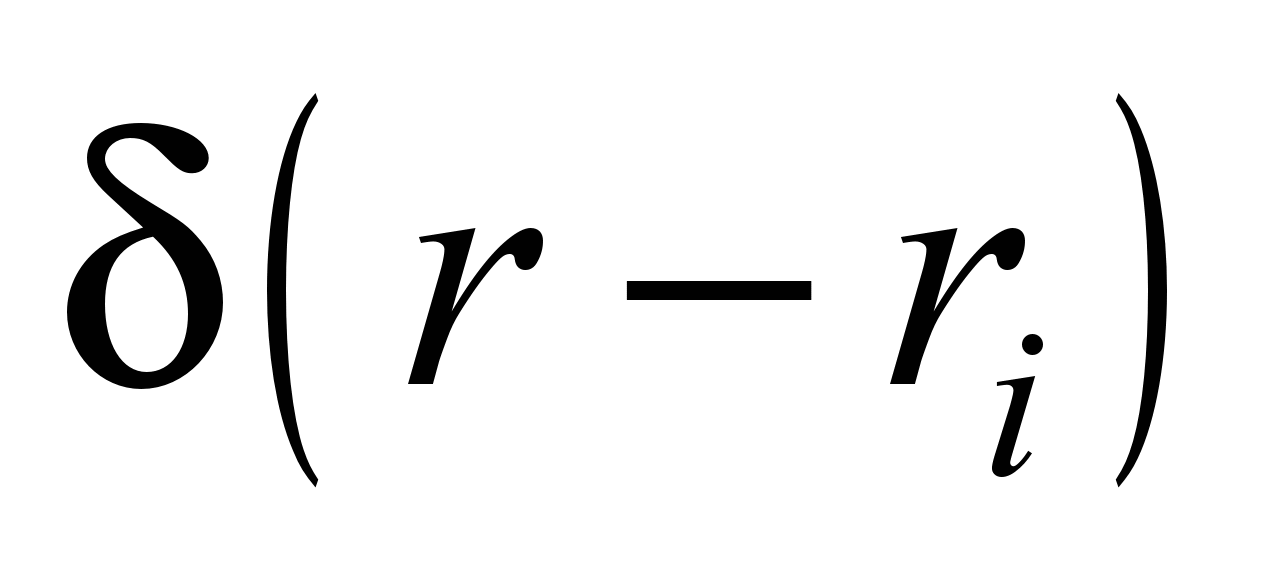 are Dirac delta function;
are Dirac delta function;
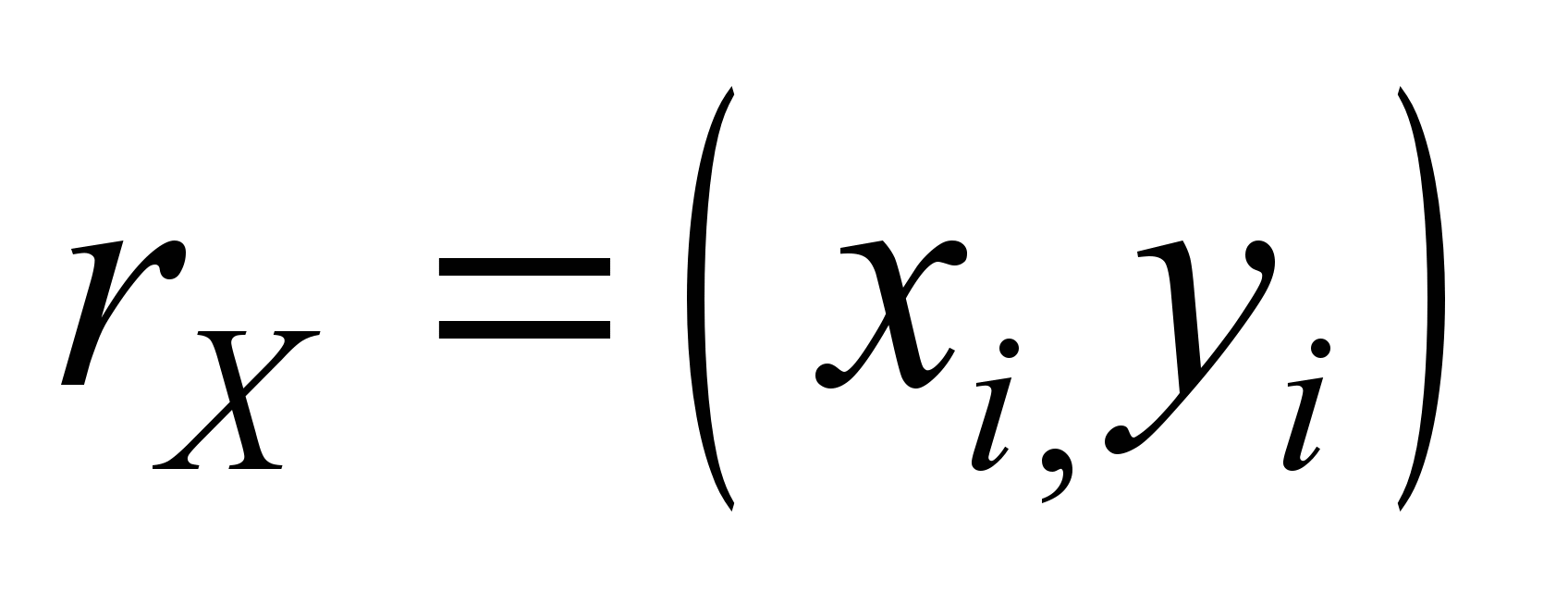 are the
are the
coordinates of the point source.
We
consider ammonia and NL dispersion among buildings it means that we
must take into account influence of these obstacles on process of
NH3
and NL dispersion. To simulate the flow pattern in the case of the
buildings at the territory of Pump Station the 2D model of potential
flow is used [7]
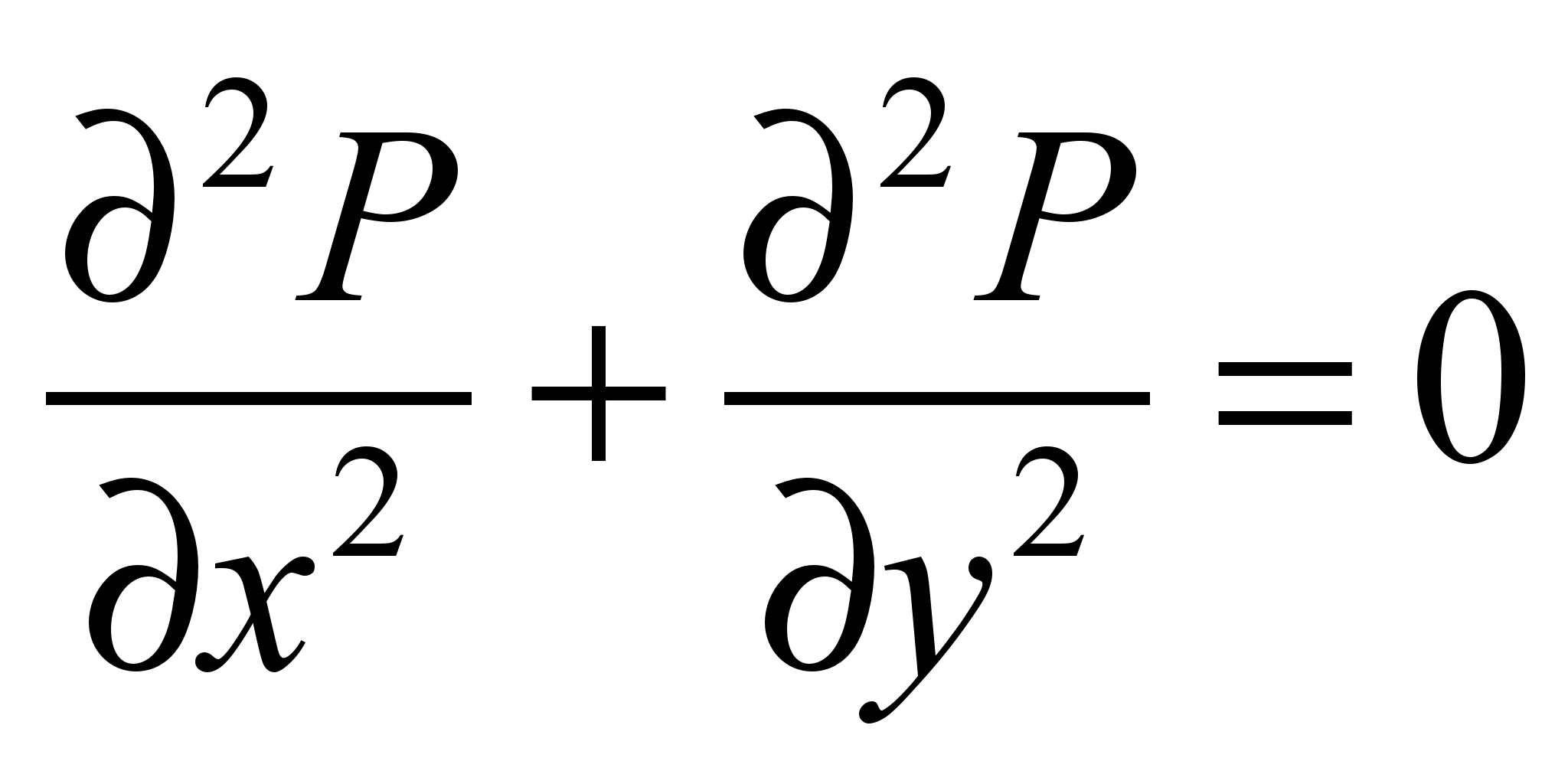 , (3)
, (3)
where
 is the potential of velocity.
is the potential of velocity.
The
wind velocity components are calculated as follows:
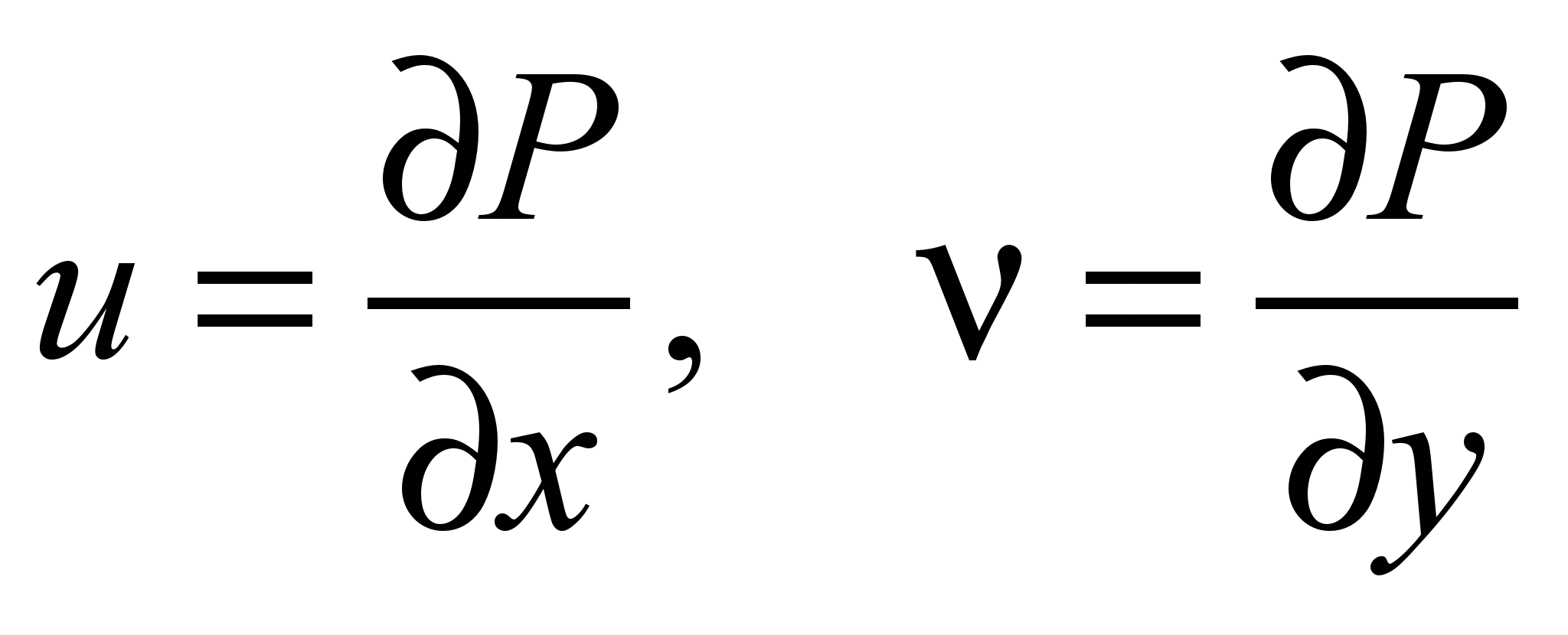 .
.
Boundary
conditions for modeling equations are discussed in [5, 7].
Numerical model
The
computation of wind pattern and pollutant dispersion is carried out
on rectangular grid. To
create the form of buildings we use porosity technique or so called
«markers
method» [1, 7].
Markers are used to separate the computational cells where flow
takes place from the cells which correspond to buildings.
Description of
the finite difference schemes, used by us, is discussed in [1, 7].
To solve equation (2) we used change–triangle difference scheme,
while A. A. Samarskii’s and implicit difference scheme was used
for
numerical integration of Eq. (3).
For
coding of difference formulae, we used FORTRAN language.
Findings
Computational
region is shown in Fig. 2 In this figure one can see position of
unplanned ammonia release and position of NL supply equipment. It
was supposed that ammonia release takes place at time t=0 and at
time t=15 sec neutralizer supply starts.
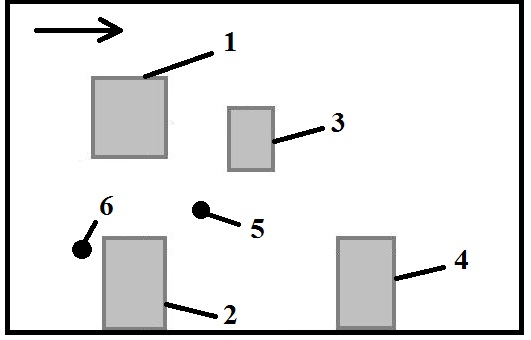
Fig. 2. Sketch of computational region
(ammonia
pump station):
1, 2, 3, 4
–
buildings; 5
– position of neutralizer supply;
6
– position of ammonia release at the territory
of pump station
Contaminated
zone in case of neutralizer supply absence is shown in Fig. 3.
We can see that contaminated zone covers all the territory of
ammonia pump station.

Fig. 3. Computed ammonia concentration, t=35 s
(no
neutralizer supply)
In
Fig. 4 the contaminated zone in the case of neutralizer supply is
shown.
As
we can see from Fig. 4 neutralizer supply allows quickly
reducing dimensions of contamination zone in atmosphere.
Worthy
of note that computational time was 6 sec. It allows using the
model for development of protection measures at chemically dangerous
enterprises.
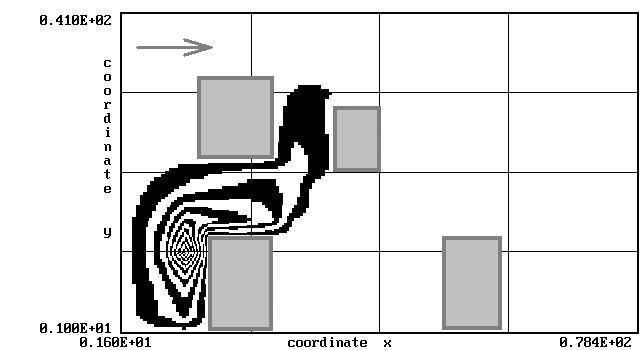
Fig. 4. Computed ammonia concentration, t=28
s
(neutralizer supply)
Originality and practical
value
Mathematical
model has been developed to compute dispersion and chemical
interaction between ammonia and neutralizer which is used to
reduce ammonia concentration in atmosphere. The presented
mathematical model is based on the application of the fundamental
equations of aerodynamics and mass transfer.
The
peculiarity of the developed model is the use of standard
meteorological information and quick calculation of modeling process
in comprehensive computational region.
Conclusions
Numerical
model for estimating the efficiency of neutralizer supply to ammonia
plume is proposed. Proposed numerical model allows to compute
ammonia concentrations and neutralizer concentrations and chemical
interaction between substances. The solution of the aerodynamic
problem is based on the numerical integration of the equation
for the velocity potential. The equation of mass transfer is used to
calculate dispersion of ammonia and neutralizer dispersion in
atmosphere. The mass transfer equation takes into account the
convective and diffusive transport of admixture in atmosphere with
account of buildings situated near the source of emission. Emission
of ammonia and neutralizer is simulated by a point source, which is
modeled using the Dirac delta function.
Further
improvement of the model should be carried out in the direction of
creating a 3D numerical model that takes into account the formation
of vortices in the air flow.
LIST
OF REFERENCE
LINKS
Беляев,
Н. Н. Моделирование нестационарных
процессов аварийного загрязнения
атмосферы: монография / Н. Н. Беляев, А.
В. Берлов, П. Б. Машихина. – Днепропетровск
: Акцент ПП, 2014. – 127 с.
Берлянд,
М. Е. Прогноз и регулирование загрязнения
атмосферы / М. Е. Берлянд. – Ленинград
: Гидрометеоиздат, 1985. – 273 с.
Бруяцкий,
Е. В. Теория атмосферной
диффузии радиоактивных выбросов / Е.
В. Бруяцкий. – Киев : Ин-т гидромеханики
НАН Украины, 2000. – 443 с.
Заказнов,
В. Ф. Распространение
аммиака при разгерметизации
аммиакопровода, емкостей /
В. Ф.
Заказнов, Л. А. Куршева
// Исследования и разработки по созданию
магистральных аммиакопроводов и
складов жидкого аммиака :
тр. ГИАП.
– Москва, 1985. – С.
57.
Марчук,
Г. И. Математическое
моделирование в проблеме окружающей
среды / Г. И. Марчук.–
Москва : Наука, 1982. – 320
с.
Цыкало,
А. Л. Испарение и рассеивание аммиака
при его разливах и утечках. Серия:
Азотная промышленность / А. Л. Цыкало,
И. И. Стрижевский, А. Д.
Баглет. – Москва : НИИТЭХИМ, 1982. – 48 с.
Численное
моделирование распространения
загрязнения в окружающей среде / М. З.
Згуровский,
В. В. Скопецкий, В. К. Хрущ,
Н. Н. Беляев. – Київ :
Наук. думка, 1997. – 368 с.
Biliaiev,
M. M. Numeric Simulation
of Air Pollution in Case of Unplanned Ammonia Release / M. M.
Biliaiev, L. V. Amelina // Science and
Transport Progress. – 2017. – Vol. 3
(96). – P.
7–14.
doi: 10.15802/stp2017/104142.
Biliaiev,
M. M. Numerical simulation of the atmosphere pollution after
accident at the “Tolliaty-Odessa” ammonia pipe / M. M.
Biliaiev, L. V. Amelina, M. M. Kharytonov // NATO Science for Peace
and Security. Series C: Environmental security. – 2013. – P.
391–395. doi: 10.1007/978-94-007-5577-2_66.
Daly,
A. Accident reconstruction and plume modeling of an unplanned
ammonia release / A. Daly, P. Zanetti, M. Jennings
// Air Pollution XX. WIT Transactions on Ecology and The
Environment. – 2013. – Vol. 174. – P. 3–13.
doi: 10.2495/AIR130011.
Dispersion
Modeling of Hydrogen Sulfide at Cimarex Rands Butte Project Using
ALOHA / Bureau of Land Management
Pinedale Field Office, SWCA Environmental Consultants. – Wyoming,
2010. – 26 p.
Janos,
T. Atmostheric spreading model for ammonia released from the
poultry house [Electronic resource] / T. Janos. E. Gorliczay,
J. Borbely // Ecotoxicologie, Zootehnie si Tehnologii de Industrie
Alimentara. – 2016. – Vol. XV/B. – P. 331–337. –
Available at: http://protmed.uoradea.ro/facultate/publicatii/ecotox_zooteh_ind_alim/2016B/ipa/17%20Tamas_Janos.pdf
– Title from the screen. – Accessed : 30.05.2017.
Mellsen,
S. B. A Fortran program for calculating chemical hazards using the
NATO stanag 2103/ATP-45 algorithm [Electronic resource] / S. B.
Mellsen // Suffield memorandum No. 1275. – Alberta : Defence
Research Establishment Suffield, 1989. – 34 p. – Available at:
http://oai.dtic.mil/oai/oai?verb=getRecord&metadataPrefix=html&identifier=ADA214763.
– Title from the screen. – Accessed : 30.05.2017.
The
analysis of the use of mathematical modeling for emergency planning
purposes [Electronic resource] / O. Zavila,
P. Dobeš, J. Dlabka, J. Bitta // Bezpecnostni vyzkum. The science
for population protection. – 2015. – No. 2. – P. 1–9. –
Available at:
http://www.population-protection.eu/prilohy/casopis/30/213.pdf. –
Title from the screen. – Accessed : 30.05.2017.
The
Pentagon Shield field program: Toward critical infrastructure
protection / T. Warner, P. Benda, S. Swerdlin [et al.] // Bulletin
of the American Meteorological Society. –
2007. – Vol. 88. – Iss. 2. – P.
167–176. doi:
10.1175/BAMS-88-2-167.
Л. В. АМЕЛІНА1, М. М. БІЛЯЄВ2,
П. Б. МАШИХІНА3
1*Каф. «Гідравліка
та водопостачання», Дніпропетровський
національний університет залізничного
транспорту імені академіка В. Лазаряна,
вул. Лазаряна, 2, Дніпро, Україна, 49010,
тел. +38 (056) 273 15 09,
ел.
пошта water.supply.treatment@gmail.com,
ORCID 0000-0002-8525-7096
2*Каф.
«Гідравліка та водопостачання»,
Дніпропетровський національний
університет залізничного
транспорту
імені академіка В. Лазаряна, вул.
Лазаряна, 2, Дніпро, Україна, 49010, тел.
+38 (056) 273 15 09,
ел.
пошта water.supply.treatment@gmail.com,
ORCID 0000-0002-1531-7882
3*Каф.
«Гідравліка та водопостачання»,
Дніпропетровський національний
університет залізничного
транспорту
імені академіка В. Лазаряна, вул.
Лазаряна, 2, Дніпро, Україна, 49010, тел.
+38 (056) 273 15 09,
ел.
пошта water.supply.treatment@gmail.com,
ORCID 0000-0003-3057-9204
ЗНИЖЕННЯ КОНЦЕНТРАЦІЇ АМІАКУ
В АТМОСФЕРІ
ПРИ ЙОГО РАПТОВІЙ ЕМІСІЇ
Мета.
Метою даної роботи є побудова чисельної
моделі, що дозволяє розраховувати
ефективність застосування нейтралізатора
для зниження концентрацій аміаку в
атмосфері в разі його раптового викиду
на території аміачної насосної станції.
Властивостями розробленої моделі
повинні бути можливість швидкого
розрахунку, врахування метеорологічних
параметрів та будівель, що розташовані
поблизу джерела викиду аміаку та
нейтралізатора. Методика.
Розроблена модель базується на рівнянні
для потенційного потоку та рівнянні
дисперсії домішки в атмосфері. Для
моделювання хімічної взаємодії аміаку
з нейтралізатором використовується
рівняння стехіометрії. Рівняння
потенційного потоку застосовується
для розрахунку швидкості вітру між
будівлями. Для вирішення рівняння
потенційної течії використовується
неявна різницева схема Самарського, а
для чисельного рішення рівняння
масопереносу – поперемінно-трикутна
різницева схема. Чисельне інтегрування
здійснюється з використанням прямокутної
різницевої сітки. Метод маркування
(«метод маркерів»)
вживається для створення вигляду
розрахункової області. Емісія аміаку
моделюється з використанням дельта
функції Дірака для точкового джерела.
Результати.
Розроблена чисельна модель відноситься
до класу «діагностичні моделі».
Ця модель враховує основні фізичні
фактори, що впливають на процес
розсіювання аміаку та нейтралізатора,
а також вплив будівель на дисперсію
домішки. На основі розроблених чисельних
моделей було проведено обчислювальний
експеримент із оцінки ефективності
застосування нейтралізатора для
зниження концентрацій аміаку в атмосфері
в разі його раптового викиду на аміачні
насосні станції.
Наукова новизна.
Розроблена чисельна модель дозволяє
розрахувати структуру потоку серед
будівель та оцінити ефективність подачі
нейтралізатора для зменшення забруднення
повітря у разі незапланованого
вивільнення аміаку. Практична
значимість. Модель
дозволяє швидко розраховувати
ефективність подачі нейтралізатора
для зниження негативного впливу емісії
аміаку на людей та навколишнє середовище.
Ключові слова:
забруднення атмосфери; викид аміаку;
нейтралізація; чисельне моделювання
Л. В. АМЕЛИНА1, Н. Н. беляев2,
П. Б. МАШИХИНА3
1*Каф.
«Гидравлика и водоснабжение»,
Днепропетровский национальный
университет железнодорожного
транспорта
имени академика В. Лазаряна, ул. Лазаряна,
2, Днипро, Украина, 49010, тел. +38 (056) 273 15 09,
эл. почта water.supply.treatment@gmail.com, ORCID
0000-0002-8525-7096
2*Каф.
«Гидравлика и водоснабжение»,
Днепропетровский национальный
университет железнодорожного
транспорта
имени академика В. Лазаряна, ул. Лазаряна,
2, Днипро, Украина, 49010, тел. +38 (056) 273 15 09,
эл. почта water.supply.treatment@gmail.com, ORCID
0000-0002-1531-7882
3*Каф.
«Гидравлика и водоснабжение»,
Днепропетровский национальный
университет железнодорожного
транспорта
имени академика В. Лазаряна, ул. Лазаряна,
2, Днипро, Украина, 49010, тел. +38 (056) 273 15 09,
эл. почта water.supply.treatment@gmail.com, ORCID
0000-0003-3057-9204
СНИЖЕНИЕ КОНЦЕНТРАЦИИ АММИАКА
В АТМОСФЕРЕ
ПРИ ЕГО ВНЕЗАПНОЙ ЭМИССИИ
Цель.
Целью данной работы
является построение численной модели,
которая позволяет рассчитывать
эффективность применения нейтрализатора
для снижения концентраций аммиака в
атмосфере в случае его внезапного
выброса на территории аммиачной насосной
станции. Качествами построенной модели
должны быть быстрый расчет, учет
метеорологических параметров и зданий,
что расположены вблизи источника
выброса аммиака и нейтрализатора.
Методика. Разработанная
модель основана на уравнении для
потенциального потока и уравнении
дисперсии примеси в атмосфере. Для
моделирования химического взаимодействия
между аммиаком и нейтрализатором
используется уравнение стехиометрии.
Уравнение потенциального потока
употребляется для расчета скорости
ветра между зданиями. Для решения
уравнения потенциального течения
применяется неявная разностная схема
Самарского. Для численного решения
уравнения массопереноса используется
попеременно-треугольная разностная
схема, а для численного интегрирования
– прямоугольная разностная сетка.
Метод маркирования («метод маркеров»)
применяется для создания вида расчетной
области. Эмиссия аммиака моделируется
с использованием дельта функции Дирака
для точечного источника. Результаты.
Разработанная численная модель относится
к классу «диагностические модели». Эта
модель учитывает основные физические
факторы, влияющие на процесс рассеивания
аммиака и нейтрализатора, а также
влияние зданий на дисперсию примеси.
На основе разработанных численных
моделей был проведен вычислительный
эксперимент по оценке эффективности
применения нейтрализатора для снижения
концентраций аммиака в атмосфере в
случае его внезапного выброса на
аммиачной насосной станции. Научная
новизна. Разработанная
численная модель позволяет рассчитать
структуру потока между зданиями и
оценить эффективность подачи
нейтрализатора для снижения загрязнения
воздуха в случае незапланированного
выделения аммиака. Практическая
значимость. Модель
позволяет быстро рассчитывать
эффективность подачи нейтрализатора
для снижения
негативного влияния эмиссии аммиака
на людей и окружающую среду.
Ключевые слова:
загрязнение атмосферы; выброс аммиака;
нейтрализация; численное моделирование
REFERENCES
Biliaiev, M. M., Berlov, A. V., &
Mashikhina, P.
B. (2014). Modelirovaniye
nestatsionarnykh protsessov avariynogo zagryazneniya atmosfery
[Monograph]. Dnipropetrovsk: Aktsent PP.
Berlyand,
M. Y. (1985). Prognoz i regulirovaniye
zagryazneniya atmosfery. Leningrad:
Gidrometeoizdat.
Bruyatskiy,
Y. V. (2000). Teoriya atmosfernoy
diffuzii radioaktivnykh vybrosov.
Kyiv: Institut gidromekhaniki NAN Ukrainy.
Zakaznov,
V. F., & Kursheva, L. A. (1985). Rasprostraneniye ammiaka pri
razgermetizatsii ammiakoprovoda, emkostey. In
Issledovaniya i razrabotki po sozdaniyu magistralnykh
ammiakoprovodov i skladov zhidkogo ammiaka.
Moscow: The State Research and Design Institute of the Nitric
Industry and Organic Synthesis Products.
Marchuk,
G. I. (1982).
Matematicheskoye modelirovaniye v
probleme okruzhayushchey sredy.
Moscow: Nauka.
Tsykalo,
A. L., Strizhevskiy, I. I., & Baglet, A. D. (1982). Azotnaya
promyshlennost: Ispareniye i rasseivaniye ammiaka pri ego razlivakh
i utechkakh. Moscow: NIITEKHIM.
Zgurovskiy,
M. Z.,
Skopetskiy, V.
V., Khrushch,
V. K., &
Biliaiev M. M. (1997).
Chislennoye
modelirovaniye
rasprostraneniya
zagryazneniya
v
okruzhayushchey
srede.
Kyiv: Naukova
dumka.
Biliaiev,
M. M. &
Amelina, L.V.
(2017).
Numeric Simulation
of Air Pollution in Case of Unplanned Ammonia Release. Science
and Transport Progress, 3(96),
7-14. doi:10.15802/stp2017/104142
Biliaiev,
M. M., Amelina, L.V., & Kharitonov, M. M. (2013). Numerical
simulation of the atmosphere pollution after accident at the
“Tolliaty-Odessa” ammonia pipe. NATO
Science for Peace and Security Series C: Environmental Security,
391-395. doi:10.1007/978-94-007-5577-2_66
Daly,
A., Zanetti, P., & Jennings, M. (2013). Accident reconstruction
and plume modeling of an unplanned ammonia release. Air
Pollution XXI. WIT Transactions on Ecology and the Environment,
174,
3-13.
doi:10.2495/AIR130011
SWCA
Environmental Consultants. (2010). Dispersion
Modeling of Hydrogen Sulfide at Cimarex Rands Butte Project Using
ALOHA. Wyoming.
Janos,
T., Gorliczay, E., & Borbely, J. (2016). Atmostheric spreading
model for ammonia released from the poultry house. Ecotoxicologie,
Zootehnie si Tehnologii de Industrie Alimentara,
XV/B,
331-337. Retrieved from http://protmed.uoradea.ro/facultate/publicatii/ecotox_zooteh_ind_alim/2016B/ipa/17%20Tamas_Janos.pdf
Mellsen,
S. B. (1989). A Fortran Program for
Calculating Chemical Hazards Using the NATO Stanag 2103/ATP-45
Algorithm: Suffield memorandum 1275.
Alberta: Defence Research Establishment Suffield.
Retrieved
from
http://oai.dtic.mil/oai/oai?verb=getRecord&metadataPrefix=html&identifier=ADA214763
Zavila,
O., Dobeš, P., Dlabka, J., & Bitta, J. (2015). The analysis of
the use of mathematical modeling for emergency planning purposes.
Bezpecnostni vyzkum,
2.
Retrieved from
http://www.population-protection.eu/prilohy/casopis/30/213.pdf
Warner,
T., Benda,
P., Swerdlin,
S., Knievel,
J., Copeland,
J., Crook,
A., …, & Weil,
J. (2007). The Pentagon Shield Field Program: Toward Critical
Infrastructure Protection. Bulletin of
the American Meteorological Society,
88(2),
167-176. doi:10.1175/BAMS-88-2-167
Prof.
S. A. Pichugov,
Dr. Sc. in Phys.-and-Math. (Ukraine);
Prof. S. Z.
Polishchuk, D. Sc. (Tech.), (Ukraine)
recommended this article to be published
Received:
March 31, 2017
Accessed:
July 05, 2017
L. V.
Amelina, N. N. Biliaiev, P. B. Mashichina, 2017
(1)
,
(2)
are the
diffusion coefficients;
is intensity of point source emission;
are Dirac delta function;
are the
, (3)
is the potential of velocity.
.